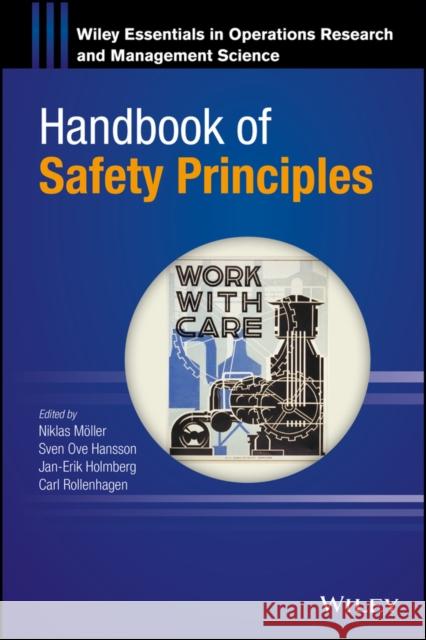Handbook of Safety Principles » książka
Handbook of Safety Principles
ISBN-13: 9781118950692 / Angielski / Twarda / 2018 / 832 str.
Safety principles are paramount for a structured handling of safety concerns in all technological systems, and tThis handbook captures and discusses the multitude of safety principles in a structured and generally applicable manner. Professionals in the field of safety engineering rely on a vast amount of rules and principles in their safety work, and while some of these principles are made explicit, many are largely implicitly grasped in professionals' understanding of what needs to be done. The book is organized into the following five corresponding and overarching categories of safety principles: Safety Reserves; Information and Control; Demonstrability; Optimization; and Organizational Principles and Practices. With a focus on the structured treatment of a large number of safety principles relevant to all areas related to the field, each chapter defines the principle in question and discusses its application as well as how it relates to other principles and terms. This treatment includes its history, the underlying theory, and the limitations and criticism of the principle. The handbook goes beyond treating the central principles of safety as each chapter also problematizes and critically discusses the very concept of a safety principle. The book treats issues such as: What is a safety principle and what role does it play? What kinds of safety principles are there? Why principles rather than, say, adapting ad-hoc to the situation at hand? Can one principle, such as a cost/benefit principle, cover all other principles? If not, what are we to do when two or more principles come into conflict? When, if ever, should rules and principles be disobeyed? How do safety principles relate to the law: what is the status of principles in different domains? In addition, different taxonomies for how safety principles may be categorized are presented.











